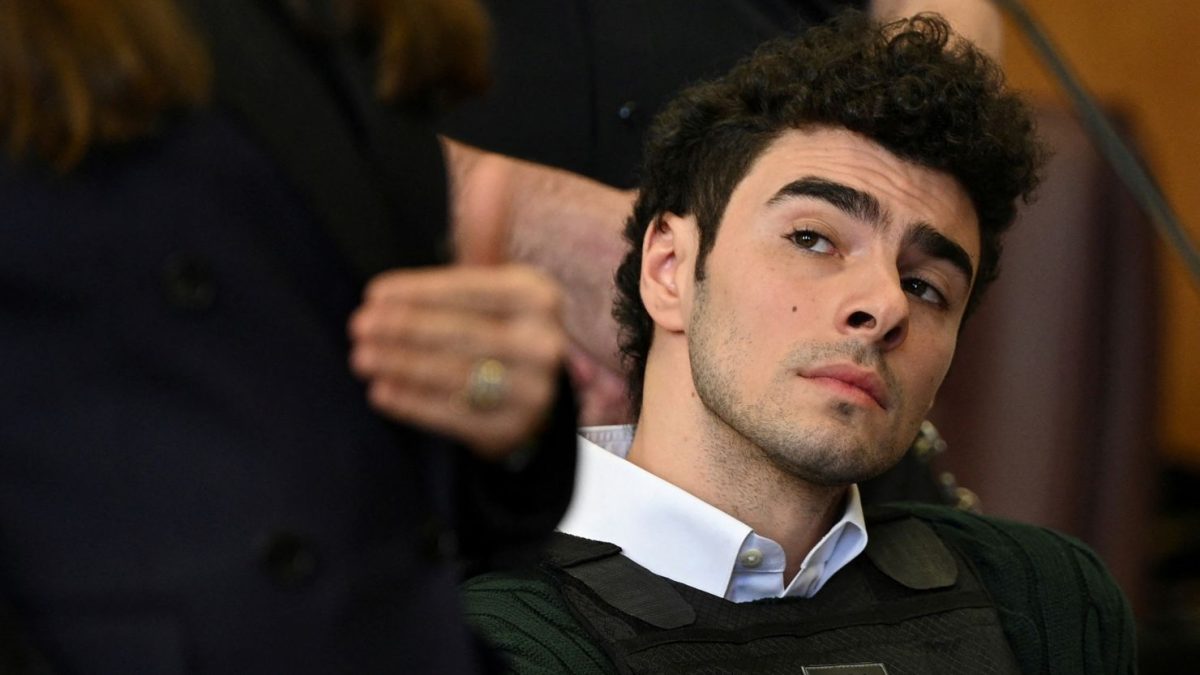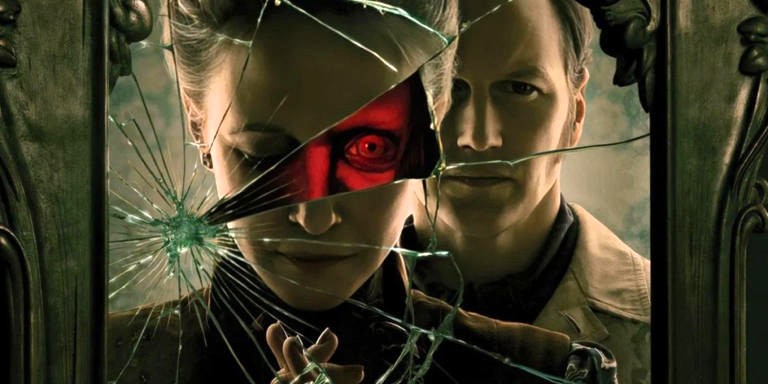Today is Christmas 2024, and families in the Frederick community are undoubtedly celebrating their annual traditions. Lots of these traditions come from Europe, like caroling, Christmas trees, and hanging stockings on the fireplace mantle. Others, like red Santa caps and little elf dolls that act like snitches, originated in the US. Yet one place often ignored as the root of what Christmas looks and feels like to many in our community is Mexico.
In Mexico, Christmas is not a one-day celebration but a month of events, family, and feasts. There are candlelight processions, elaborate Nativity scenes, Spanish Christmas carols (yes, there’s way more than just “Feliz Navidad”), dancing, and fireworks. The celebrations start on December 12 (Advent) until January 6 (Epiphany). Although European and North American traditions like Christmas trees and Santa Claus have found their way into Mexican celebrations, the holiday celebrations are rooted in both Spanish influence and indigenous culture.
The Spanish influence is pretty obvious, as Spanish priests brought with them many Christian holidays, including Christmas, to the Latin American lands that Spain conquered during the sixteenth century. The first recorded Christmas celebration in Mexico goes back to 1538. Unlike the US, which was colonized mostly by Protestant Puritans who outlawed Christmas at the start of their colonies, Mexico was colonized by Catholics, who treat Christmas as an entire season instead of just one holy day.
December 12: The Feast of Our Lady of Guadalupe
The Christmas season in Mexico officially begins with Advent, the celebration of Mary as the mother of Jesus of Nazareth. While Advent traditionally starts on the fourth Sunday before Christmas and more commonly in the West starts on December 1, Mexico celebrates the start of Advent on December 12 with the feast of Our Lady of Guadalupe.
Our Lady of Guadalupe is Mary, the mother of Jesus but in her angelic spirit form; like how God is divided into the Father (creator in heaven), Son (his form on earth), and Holy Spirit (the eternal guardian), Mexicans separate the Virgin Mary (her form on earth) from Our Lady of Guadalupe (the eternal guardian).
The Christmas season starts in Mexico on December 12 when Our Lady of Guadalupe appeared to Juan Diego in 1531. She asked him to build a church in honor of her that could minister to others in their native (Aztec) language and performed two miracles: she healed Juan Diego’s dying uncle and grew a Spanish rose in the Mexican desert. The church Juan Diego built in Our Lady’s honor is now a huge basilica and is the most visited Catholic shrine in the world.
This celebration merged Catholic Advent with pre-Colombian traditions. December 12 was also the date of the Winter Solstice for the indiginous Aztecs, who celebrated the mother of their gods Tonantzin. By planning a similar feast on that date, the Catholic priests made their conversion of the natives easier. Modern celebrations in Mexico include music (including full concerts), firecrackers, parades, and parties.
Families with Mexican heritage in the US also celebrate, but their focus is more religious than riotous. Freshman Ashley Lozoya said, “Every year on La Virgen de Guadalupe’s birthday, my family and I go to church and bring her roses of every color.”
December 16-24: Las Posadas
The next most important tradition leading up to Christmas is Las Posadas. This celebration takes place over nine nights from December 16 to December 24. Las Posadas (“the procession”) is a celebration of Mary and Joseph journeying to Bethlehem before the birth of Jesus. The most common item used to celebrate Las Posadas is a physical Nativity scene Nativity (called “Nacimientos”). As the nine days of the celebration go by, different characters make it onto the display. For example, Mary may appear on December 16 while the baby Jesus will be put into his crib on Christmas Eve.
There is also traditionally a daily mass featuring plays of Biblical stories, including human Nativity scenes. After each play is finished and the prayers are ended, there is a celebration where carols are sung and pinatas are broken. Several cities in Mexico have expanded this practice to a literal procession: an actor will dress as Mary and an actor will dress as Joseph, and they will ride donkeys through the streets on their way to the church. As they go by the houses in town, they are joined by people in the other houses who sing and play music as they march.
Children in the processions often carry poinsettias, a flower that was used by the Aztecs as medicine but was redefined by missionaries as “the Christmas Eve flower.” The buying of poinsettias is one of the few Mexican Christmas traditions that has entered mainstream US culture.
While donkey riding and daily mass aren’t the norm in the US, Las Posadas is still celebrated by many Mexican American families. “My family and I have Nacimientos. Every year starting on December 16, my mom sets up the scene of when baby Jesus was born and continues [adding to] the scene throughout the month. It is for our families extension of faith,” said freshman Lizbeth Hernandez.
December 25: Navidad
Finally comes Christmas Day. This is where Mexican Christmas comes closest to US Christmas, as both countries see families open presents, sing carols, go to church, and have a large dinner with family.
That traditional dinner, however, is very different. North Americans tend to make a ham, turkey, or prime rib for dinner with similar sides to what they serve at Thanksgiving. In Mexico and Mexican households in America, tradition calls for tamales, pozole, menudo, and ceviche. Meats like carne asada, carnitas, al pastor, and barbacoa make an appearance in these dishes, and sides of rice, beans, and tortas are plentiful. While similar dishes appear at earlier feasts in the season, everyone goes all out on Christmas dinner.
December 28: Día de los Santos Inocentes
Unlike in America, Mexico and other Catholic-majority countries don’t end the festivities on Christmas day but celebrate the “twelve days of Christmas” until January 6, as a lot of the biblical story of the birth of Jesus comes after December 25. One particularly special day is Día de los Santos Inocentes, the Day of the Holy Innocents. Held every year on December 28, Día de los Santos Inocentes (which is sometimes called Childmas in other countries) celebrates how, after King Herod ordered that all males in Bethlehem under the age of two be killed to prevent the rise of the savior, Mary and Joseph were warned by an angel and fled to Egypt. Sadly, the Gospels account that thousands of babies were still slaughtered, and they are considered to be the first ever Christian martyrs.
So how does Mexico celebrate this holiday? By playing pranks.
When first celebrated in Europe, the Day of the Holy Innocents was celebrated by letting children, the victims of Herod, rule as king instead. Students would lead classes instead of teachers (with them usually just dismissing everyone from class right away), alter boys would give the sermon at church, and children would send their parents to bed.
When this practice was brought over to Mexico, the practice shifted from switching the roles of parents and children to children playing pranks on their family, and now the day is very similar to April Fool’s Day in the US where everyone plays harmless pranks on family and friends. Mexicans call the pranks inocentadas and their victims are called inocentes, meaning they are innocent and receiving the prank for no real reason.
January 6: Día de los Tres Reyes Magos
Finally, the Christmas season ends on January 6 with Día de los Tres Reyes Magos, the Day of the Three Magic Kings. Called Epiphany in most countries, this day celebrates when Mary and Joseph met the three Maji at the Jordan River outside the ministry of a man named John the Baptist. That day, Jesus was baptized and was first accepted as a god made flesh and blood by the gentiles. Years later, it was also on January 6 when Jesus is said to have performed his first miracle at a wedding feast at Cana, where he turned water into wine after the reception ran out of spirits.
Mexicans celebrate this day with yet another feast, but this time it features a King’s cake, which is a crown-shaped cake with a small baby Jesus doll baked inside. Whoever gets the slice of cake with the doll inside has to host the next major holiday party, which is Dia de la Candelaria (“the day of candles”) on February 2.
January 6 used to be the day where everyone exchanged their holiday gifts before Santa Claus and his North American influence shifted that day to December 25 in most big cities, but small toys are still given to children on this day. For more southern and rural communities, this is the day of lots of presents, and children leave shoes out with a wish list inside the night before (which is called “twelfth night”) and, instead of a full stocking, find their shoes filled with toys and candies in the morning.























































